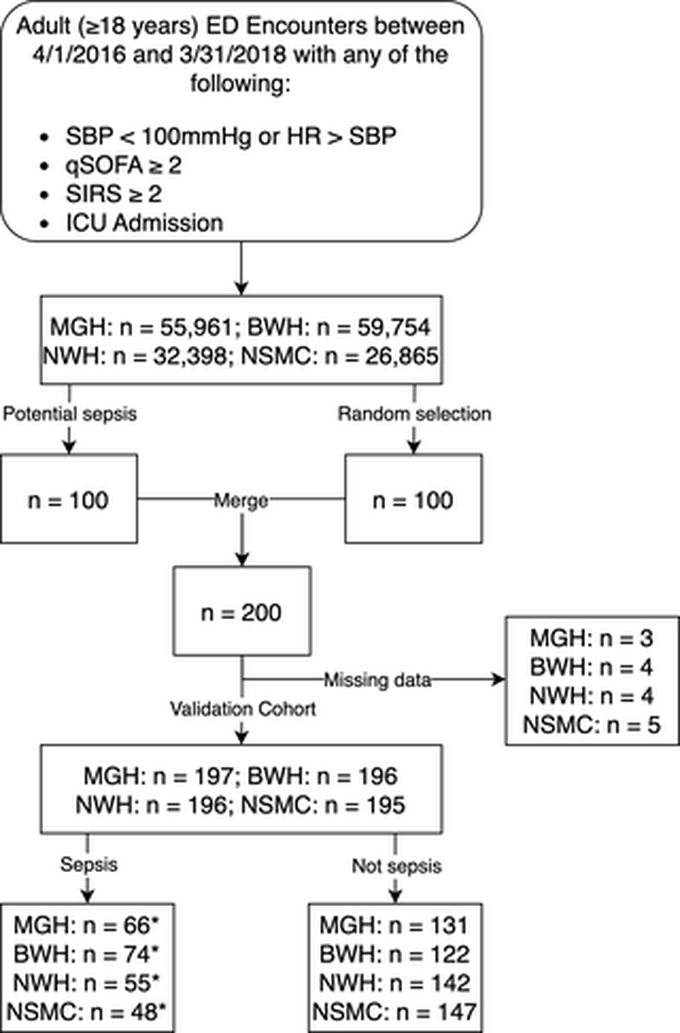

Diagnostic suspicion bias and machine learning: Breaking the awareness deadlock for sepsis detection
Author summary Predictive algorithms for hospitals often rely on the results of diagnostic tests as predictors for whether patients have serious and unexpected conditions. Strong predictive performance of such algorithms might be misleading for the following reason: doctors may not order the appropriate diagnostic tests unless they already have some level of concern about the patient, so the data will be available if doctors are already suspecting the correct diagnosis but not available in cases when doctors overlook the correct diagnosis. In this manuscript, we consider early sepsis identification and explore two alternative strategies for avoiding any reliance on diagnostic testing: the use of “bland” data that should be available on every single patient, and the use of a few objective “yes/no” questions that might be answered on patients with abnormal vital signs, to provide additional information for the predictive algorithms.
Source: https://journals.plos.org/digitalhealth/article/comment?id=10.1371/annotation/ab4a22d1-44bd-452f-a588-54cdf4fb11fa
